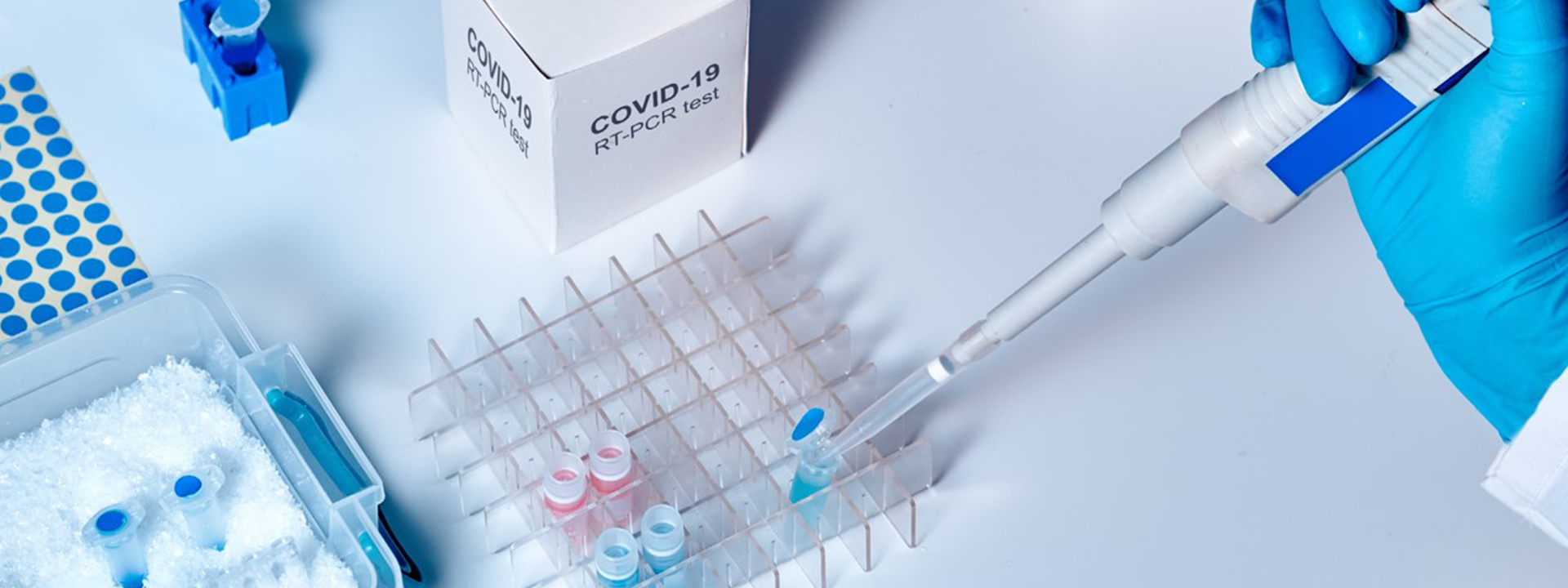HARTMANN SCIENCE CENTER


When pathogens suddenly appear in healthcare facilities, livestock farming or food processing plants, effective hygiene protocols for infection prevention must be available immediately. This is especially true if there is hardly anything known about the pathogens – as it was the case for SARS-CoV-2 at the beginning of 2020. In the field of disinfection, numerous products with different claims of effectiveness are available. When selecting products, it is helpful to know what these claims are based on and what the European body of standards contributes to the issue. With the large number of standards and norms, however, it is easy to lose track. A current review article now offers good orientation and explains, among other things, how standards relevant in the field of disinfectants are developed, why surrogate test organisms are important and to what extent this affects infection prevention measures [1].
Within the European Committee for Standardization (CEN), the so-called Technical Committee 216 (CEN/TC 216) is responsible for all activities regarding standardization of terminology, requirements, test methods, application recommendations, and labelling in the entire field of chemical disinfection and antiseptics [2]. This committee supervises four working groups in which experts from science, authorities, laboratories, and industry work together to develop the necessary standards. While one working group covers human medicine and another one veterinary medicine, the third working group deals with food hygiene as well as domestic and institutional use, and the fourth with strategic and superordinate aspects, such as the harmonisation of European standards. The superordinate standard is EN 14885 [3], which, for example, summarises general aspects of the different areas of application as well as the requirements of the respective standards from the different working groups. Therefore, this standard also represents the basic requirement within the approval process for medicinal products.
Instrument disinfectants and partially also surface disinfectants for application in the field of human medicine have to be approved as medicinal products in Europe. The review article therefore deals with all important standards or test methods and the requirements for microbicidal claims [1]. In general, the effectiveness test is carried out according to a 3-phase test procedure, the so-called tiered approach. Phase 1 tests are performed during development. Phase 2 tests are intended to mimic the requirements for disinfectants for the respective application areas as best as possible. A distinction is made between phase 2, step 1 tests, quantitative suspension tests to demonstrate the various effectiveness under simulated practical conditions, and phase 2, step 2 tests, quantitative laboratory tests for testing products on so-called carriers in order to imitate the practical use of the disinfectants. In the case of hand disinfectants, for example, the "carriers" are the hands of test subjects. In the future, phase 3 tests as field tests under real conditions are also to be developed. In order to claim antimicrobial effectiveness, the tested disinfectants also have to meet specified requirements for the logarithmic (log) reduction of defined test organisms. So-called surrogate organisms are used for this, which are representative of other organisms (e.g. Candida albicans for yeast; also representative for Candida auris) and allow conclusions to be drawn about the bactericidal, yeasticidal, sporicidal, fungicidal, or virucidal effectiveness. As a result, effective disinfectants can be selected quickly even in the event of new pathogens appearing [1].
Conclusions: The authors of the review article provide clear and comprehensive insights into European standards relevant for the field of disinfectants. In their opinion, the standards represent a solid basis for the selection of effective disinfectants and do not require time-consuming new tests for newly emerging pathogens.
Sources: